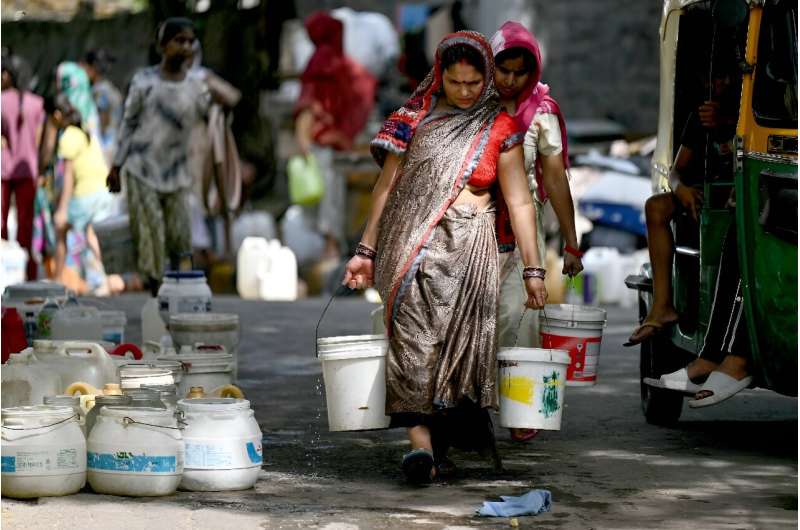In May, temperatures soared above 45 degrees Celsius (104 degrees Fahrenheit) in multiple Indian cities, marking a scorching start to the summer season. The intense heatwave gripped the region, prompting concerns about the impact of rising global temperatures.
The recent return of the La Niña weather phenomenon is expected to bring some relief from the sweltering conditions, according to the United Nations’ World Meteorological Organization. This cooling trend is anticipated to counterbalance the previous El Niño pattern, which contributed to the surge in temperatures and extreme weather events worldwide since mid-2023.
While the short-term effects of La Niña are predicted to mitigate the heat, the long-term outlook remains grim due to human-induced climate change. The WMO emphasized that climate change continues to exacerbate extreme weather patterns, disrupting traditional rainfall and temperature cycles.
La Niña, characterized by cooler ocean temperatures in the tropical Pacific, contrasts with El Niño’s warming influence. This shift in climate dynamics can lead to varying impacts, including droughts and heavy rainfall in different regions.
Looking ahead, the WMO forecasts a 60% chance of La Niña conditions from July to September, with a 70% likelihood from August to November. As the world grapples with the complexities of climate change, monitoring these weather patterns becomes crucial for understanding and adapting to the evolving climate landscape.
Source: phys.org





















